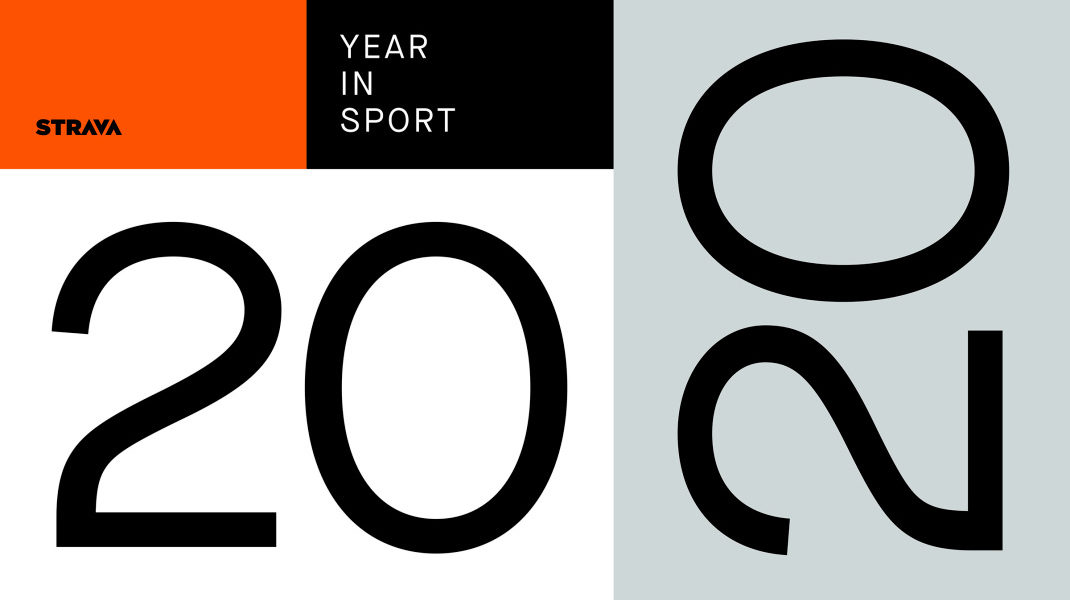Competitive social media or premium athletic tracking? Or something else?
We’ve seen the Strava 2020 Year in Sport Data Report and clearly they’ve been ‘winners’… or at the very least a hub for people to revolve around when outdoor exercise is all the world is allowed to do. And judging by the increasing number of social media Strava shares I’ve been seeing so far, 2021 is likely to deliver more of the same.
At The Value Engineers, a lot of us use the app, and our usage is pretty similar, but our reasons for engaging couldn’t be more different. For some it supports their cycling yearly distance goals, for others it’s a nice community where they share their lunchtime run.
Whilst training for ultra-marathons, I’m using Strava to track my activity, and learning to run slowly. And I mean slowly. But despite having a fairly legitimate reason for moving quite so slowly I still feel like I take a slight ego hit each time I share my data with my ‘following’. I want the highly specific training data, and I want to share it, but I also don’t want the competitive element to negatively impact my training goals.
Where do I fit in their audience?
After the last year of incredible user growth (exceeding 30 million weekly uploads in May 2020…) are they still an app for the ultra-athlete, or have they evolved beyond this core? Or both? And do they know?
Having spoken to a number of Strava users (and beyond the virtual walls of the office) for my own desk research, two camps begin to emerge…
The Core
“I’ve been using Strava for years, and have it attached to my other tracking systems It’s a great way of tracking my training and seeing improvements race on race. I barely use the kudos tool unless I’m really impressed, but overall it is good to follow athletes and get inspiration for my own training. I’m not as into it as I used to be, it’s more of a habit for me now.”
The New User
“It feels like half the country had the same idea as me last year and all the other casual-gym goers have replaced the gym for Strava! On first impressions the community aspect feels key. It’s almost like a new form of Social Media, with users replacing daily stories with daily runs. Personally, I find the kudos system supportive, and since I’m not a serious runner or training for an event, I don’t see the need to pay for a subscription.”
So, what is Strava? Social media? Or high-performance analytics tools? And what other groups are out there?
There has been an evolution of audience on the app, and new users get just as much out of looking at where those they follow have been running as they would scrolling through stories on Social media… after such a growth and shift of users Strava are likely to face new needs and demands from their new users (how do you build on the community and accessibility aspect?) and an increasing need to focus on retaining their core (how do you keep the professional feeling and add value for them?).
At the moment these different users are co-existing happily but competitors will be eyeing up these different user groups and working out how to target them with a more tailored option, so how can Strava keep their diversified users simultaneously happy?
Like many other tech brands, last year offered exponential user growth for Strava, how can they continue to drive sustainable growth, without risking an identity crisis as they try to keep both the core and the new-users happy?


